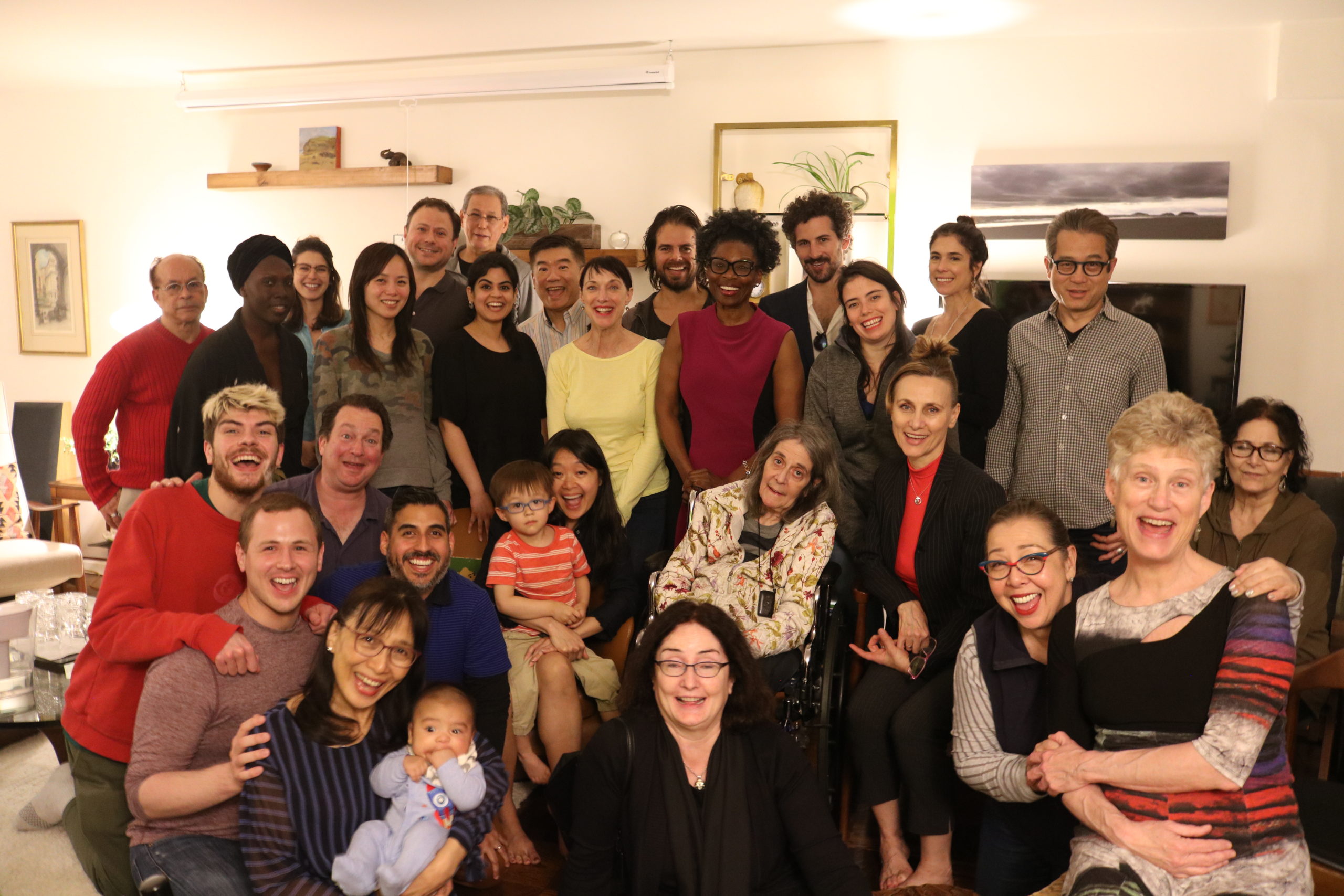Great joy [is what] one experiences when one understands for the first time that one’s mind from the very beginning has been a Buddha. Nam-myoho-renge-kyo is the greatest of all joys. (The Record of the Orally Transmitted Teachings, pp. 211–12)
Nichiren Buddhism teaches us how to develop a profound sense of happiness and purpose regardless of our external circumstances.
The passage above is Nichiren Daishonin’s commentary on a line from the Lotus Sutra’s “Prophecy of Enlightenment for Five Hundred Disciples” chapter, which reads, “When the poor man saw the jewel / his heart was filled with great joy” (The Lotus Sutra and Its Opening and Closing Sutras, p. 191).
This line is from the parable of the Jewel in the Robe, which can be summarized as follows:
A poor man visiting his wealthy friend is treated to wine, becomes intoxicated and falls asleep. Before leaving on urgent business, the wealthy man sews a priceless jewel into his friend’s robe. Not knowing this, the poor man wanders from one land to the next, struggling to make ends meet and feeling content anytime he has a little money. One day, they reunite. Shocked to see how destitute he is, his wealthy friend shows him the priceless jewel sewn in his robe, bringing “great joy” to the poor man.
Told by a group of the Buddha’s disciples who had previously followed provisional teachings, this parable explains that, just like the poor man, they were unaware that they already possessed the “priceless jewel”—their inherent Buddha nature. Upon hearing the Lotus Sutra, they resolve to follow the correct teaching.
Ikeda Sensei clarifies that in deciding to practice the Lotus Sutra, these disciples “return to their ‘true selves’ ” (The Wisdom of the Lotus Sutra, vol. 2, p. 172). He also says:
We each “from the very beginning [have] been the Buddha.” The “Five Hundred Disciples” chapter speaks of the “wish that we [the Buddha’s disciples] have had deep in our hearts from the start.” In a nutshell, this is the great wish to lead all people to enlightenment. It is this great wish that the [Buddha’s disciples] have recollected. (WLS-2, 174)
Teaching others about Buddhism aligns directly with the Buddha’s “great wish” for the enlightenment of all people and awakens the infinitely powerful Buddha nature in our lives. This is why we experience “great joy” when we share Buddhism. Sensei says, “When we base ourselves on this great vow, we discover the ‘priceless jewel’ hidden in the robe” (WLS-2, 174).
Transforming Our Sufferings Into Great Joy
True joy in Buddhism comes from taking on life’s challenges as opportunities to transform our sufferings and develop our resilience, wisdom and determination. Chanting Nam-myoho-renge-kyo enables us to establish an inner state of life that is unshakable. This is what is meant by the passage “Nam-myoho-renge-kyo is the greatest of all joys.”
In a recent message, Sensei writes:
Chanting Nam-myoho-renge-kyo awakens us to the truth that our life itself is that of a Buddha, and that we embody the Mystic Law. Through chanting, we come to realize that we are by no means powerless, weak or insignificant but rather that our life is incredibly noble and respectworthy, capable of harnessing the unsurpassed power of the Buddha that is one with the universe. (read here)
A source of unlimited wisdom and strength exists within each of us. By chanting, sharing Buddhism with others and engaging in SGI activities, we learn how to use our challenges as opportunities to bring forth and harness our inherent abilities to create the greatest value in each moment. As we continue striving in this way, we can experience truly everlasting joy.
—Prepared by the SGI-USA Study Department
You are reading {{ meterCount }} of {{ meterMax }} free premium articles

